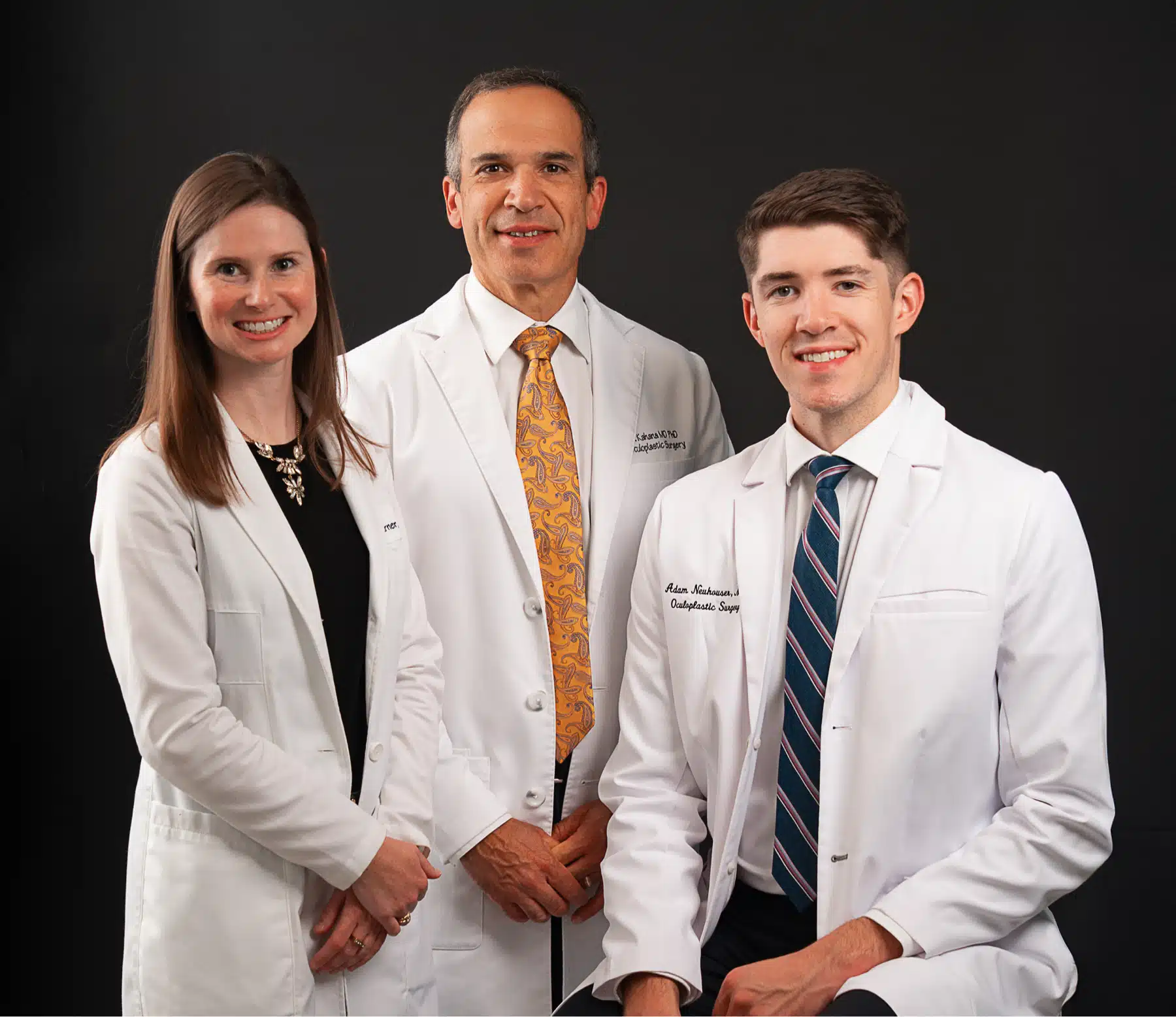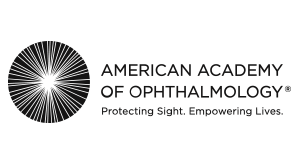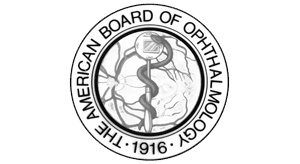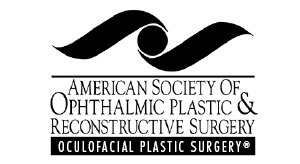Platelet Rich Plasma (PRP)


Platelet Rich Plasma (PRP) is a concentrated form of plasma created from your own blood. This powerful treatment contains high levels of growth factors that, when injected, naturally stimulates your body’s collagen production, promotes hair growth, and accelerates the healing processes. As a form of regenerative medicine, PRP therapy is exceptionally safe because it uses only your body’s own natural healing components.
Risk of allergic reactions or rejection is very low since the treatment comes entirely from your own blood.
PRP has a well-established history in orthopedic and dermatologic medicine. In our oculoplastic surgery practice we use PRP for several specialized applications around the eye area:
Eyelash and Eyebrow Enhancement: Stimulating hair follicle growth to address thinning lashes and brows.
Post-Surgical Healing: Accelerating and refining the recovery process following eyelid and facial procedures.
Periocular Rejuvenation: Treating various concerns around the eyes, including thin, crepey eyelid skin, dark under-eye circles, hollowing beneath the eyes, puffiness, and crow’s feet.
The PRP process begins with a simple blood draw performed in our clinic. Your blood is then placed in a centrifuge, which spins at high speed to separate the platelets from other blood components. Once separated, the concentrated platelet-rich plasma is carefully transferred into a syringe and is ready for immediate injection into the treatment area.
PRP therapy carries minimal risks and offers an excellent solution for addressing natural aging effects on skin texture and hair loss. However, a thorough evaluation is essential to determine if you’re an ideal candidate. Certain medical conditions and factors can increase the risk of a poor response to PRP therapy.
During your consultation, we’ll carefully review your medical history and current health status to ensure PRP is the right treatment option for you and that you can achieve the best possible results.
PRP injections are very well tolerated with minimal to no down time. The injections themselves feel similar to having Botox injections performed. Immediately following PRP injections, you may experience mild redness, swelling and tenderness for up to 3 days. Bruising is possible following injections and can last up to 2 weeks.
When planning for injections, consider any important upcoming events and plan to have at least 1 week between injection and events. Most detailed after care instructions will be provided, for safety and to achieve optimal results.
While the effects of PRP can be seen after just one treatment, a series of 3-4 treatments is typically recommended, with maintenance injections every 6-12 months.
Since PRP works by stimulating your body’s natural collagen production, individuals with higher baseline collagen levels tend to experience longer-lasting effects.
Your lifestyle choices will also influence how long results persist—factors such as smoking, alcohol consumption, and sun exposure can all impact the duration of your improvements.
PRP injections deliver exceptional results for both thinning eyebrows—regenerating hair growth—and lower eyelid concerns such as dark circles, thinning skin, volume loss, and fine lines.
You can schedule a consultation for PRP injections with Sara Turner, PA-C, our skilled injector. If you are a candidate for PRP therapy, your injections will be scheduled and detailed pre- and post-care instructions will be provided ahead of your procedure appointment.
Swelling and redness is to be expected. If the lower eyelids were treated, swelling can be less predictable and may last a few additional days. The skin will feel dry and tight and will be tender.
Bruising is possible, as with any injection. This can last up to 2 weeks but often subsides within 1 week. You can resume wearing makeup once redness and swelling has resolved.
You may notice dryness and flaking of your skin. This is caused by increased skin cell turnover rate following injections. If this happens, do NOT pick at the skin. Apply a gentle moisturizer such as hyaluronic acid serum or Aquaphor/Vaseline to the skin as needed to maintain moisture. Redness and swelling should be subsiding.
Bruising should be subsiding. You may restart your normal skin routine once your skin is no longer red, flaking or irritated. Remember to use sunscreen daily to protect your skin.
Your journey toward a fresh, rejuvenated look begins with a private consultation with Dr. Kahana at Kahana Oculoplastic and Orbital Surgery.
To schedule your evaluation, please call 248-800-1177 or click the link below







